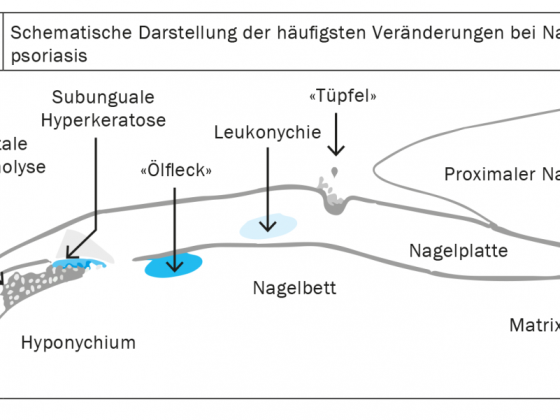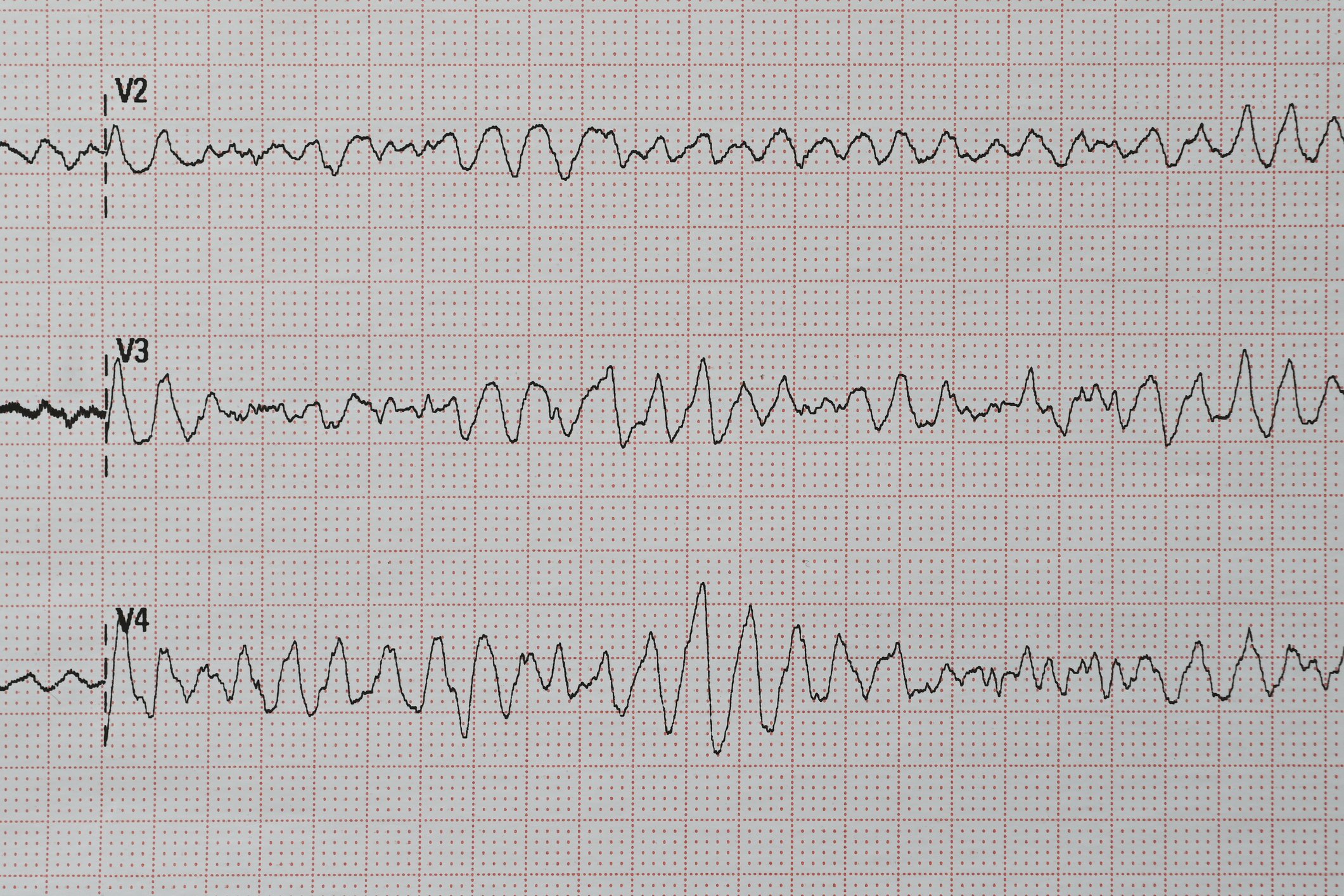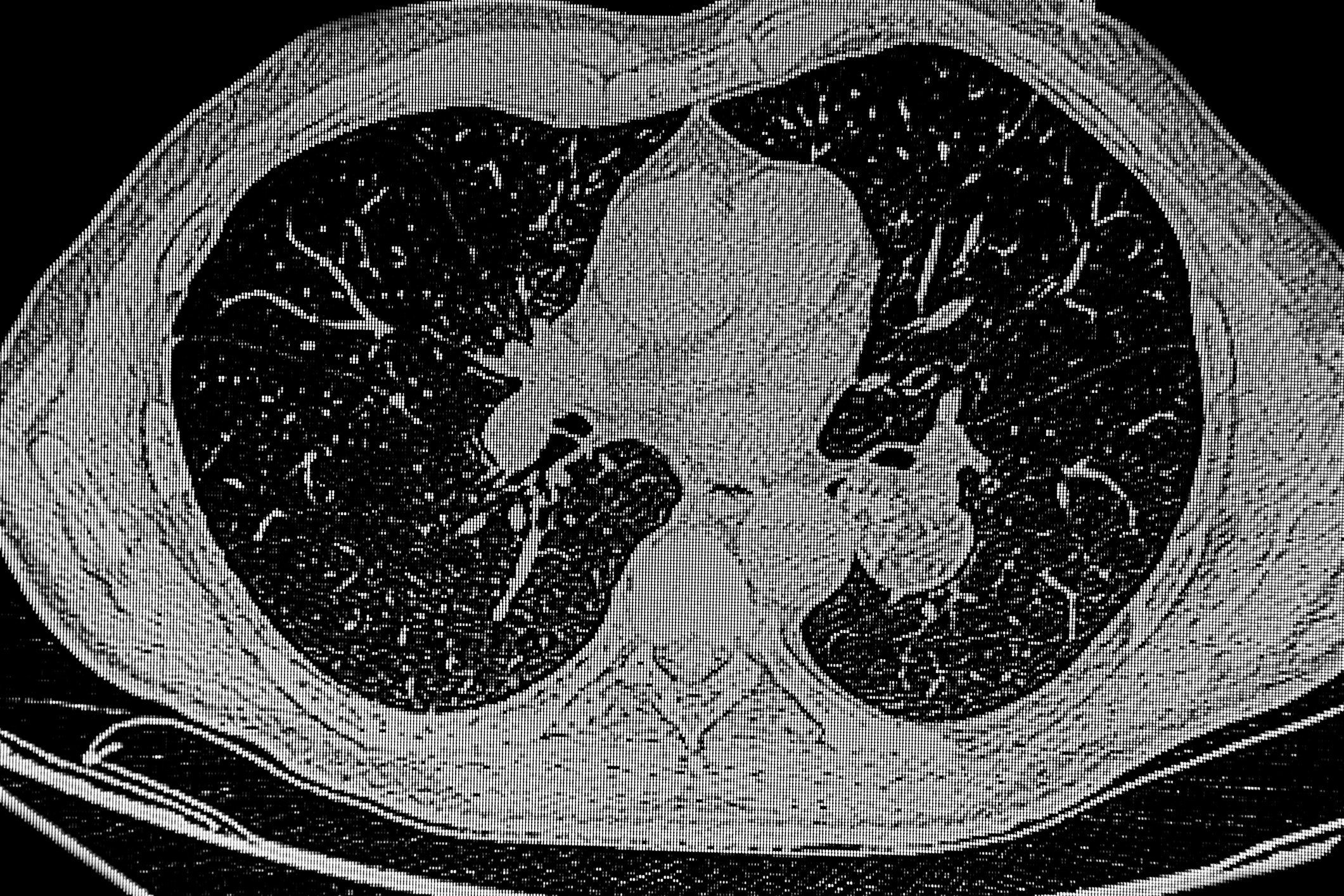“As physicians, sometimes we have to go to extremes – we have to talk to patients.” The old medical joke can take on a very serious tone when it comes to delivering bad news. Was one sensitive enough? Did the patient even understand the content of what was said to him? Is he in shock? Adhering to certain strategies here can help both sides frame the conversation well. One such strategy is the so-called SPIKES protocol.
Breaking bad news is part of everyday practice for primary care physicians and specialists. But everyday does not mean easy, quite the opposite: conversations of this kind are communicatively difficult and emotionally stressful. They therefore require special competencies. It makes sense to acquire these, and with targeted training, improving the patient approach – like other medical professional skills – is also feasible for every physician, write Prof. Dr. Sascha Bechmann, Fliedner University of Applied Sciences Düsseldorf (D), and colleague [1].
Patients generally want to be understood and expect their physician’s undivided attention. Doctors, on the other hand, need to inform their patients as well as possible without throwing around incomprehensible technical terms. Especially when bad news is delivered, a doctor should show empathy and be able to help his patient deal with the sometimes difficult emotions. However, the physicians themselves are often helpless in the face of such discussions.
SPIKES as a guide
Even the most experienced physician can reach his or her limits in the course of a delicate conversation. “The professional scientific firewall behind which physicians like to hide ends here,” the authors write. Medical expertise then no longer plays a role in the event of an unforeseen reaction on the part of the patient.
In addition to setting the right framework (time and place), it is important to convey messages clearly and unambiguously. Ensure that the patient has correctly understood what is being said. To do this, it must be brought to the point. It is therefore important never to go into such a conversation unprepared. Nothing should be said that is unclear or inappropriate.
The so-called SPIKES protocol has proven to be a good strategy for delivering bad news, in which one structures the bad message to be delivered in a meaningful way. The term SPIKES is composed of the names of the 6 stages that make up the protocol: Setting, Perception, Invitation, Knowledge, Exploreand Strategy.
Setting: The setting describes the communicative and temporal framework: The conversation should not be interrupted by employees or telephone calls. In addition, it must be clarified whether and, if so, which of the affected person’s caregivers should be present and what information is necessary.
Perception: Next, the patient’s prior knowledge is asked. Thus, the practitioner should find out in advance how much his patient, for example. already knows in the case of a serious diagnosis and how he himself assesses the situation. This helps to identify the patient’s subjective perception of illness. If this deviates from the objective reality, a sensitive reaction must be made and the misperception must be balanced.
Invitation: Next, it must be clarified to what extent the patient is ready to receive the message. He decides this himself: If he does not want any further details at this moment, the meeting should be interrupted and adjourned if necessary.
Knowledge: Only when the previous three points have been worked through does the delivery of the bad news follow in the fourth step. In short sentences, as simple as possible, the information should be conveyed. This is followed by a query as to whether everything has been understood. Patients often need some time to cognitively process what they have experienced. Therefore, for the physician at such a moment: simply endure a few minutes of silence.
Explore: “Explore” means to focus on and probe the patient’s emotions. Active listening as well as mirroring the patient’s statements are particularly important here in order to be able to signal support and understanding verbally and nonverbally. The patient’s feelings should be recognized, named and allowed.
Strategy: The last step is to end the conversation “successfully”. This is understandably dependent on the patient’s condition. Ideally, advice on how to proceed should already be discussed here (Strategy). This can be successful, but in many cases it is advisable to postpone this issue until a later date. The authors also advise caution: an apparent composure of the patient may also be an expression of excessive demands.
Literature:
- Bechmann S, Roggenkämper J: Breaking Bad News – the Transmission of Bad News. daily practice 2022; 66: 309-312.
InFo PNEUMOLOGY & ALLERGOLOGY 2022; 4(3): 25.
InFo ONCOLOGY & HEMATOLOGY 2022; 10(5): 36.











